How to Setup Dahua NVR
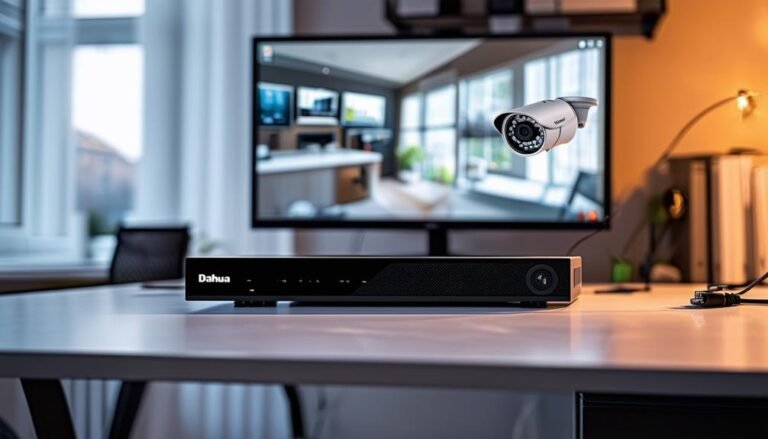
To set up your Dahua NVR, start by unboxing and organizing your components. Connect the NVR to a power source and monitor via HDMI or VGA. Confirm it’s linked to your network using an Ethernet cable or Wi-Fi. Power on…
Closed-circuit television (CCTV) systems are a cornerstone of modern security infrastructure, providing real-time surveillance and recording capabilities to monitor various environments. These systems are widely utilized in public spaces, businesses, and residential areas to deter crime, enhance safety, and aid in incident response.
CCTV systems consist of cameras, monitors, and recording devices. The cameras capture video footage, which is transmitted to monitors for live viewing or to recording devices for future playback. Modern CCTV systems often incorporate digital technology, allowing for high-definition video capture, remote access, and advanced features like motion detection and facial recognition.
The primary advantage of CCTV is its ability to provide continuous surveillance. This constant monitoring serves as a deterrent to criminal activities, as potential offenders are less likely to commit crimes if they know they are being watched. Moreover, the presence of CCTV cameras can instill a sense of security among the public and employees, contributing to a safer environment.
In addition to crime prevention, CCTV footage is invaluable for investigative purposes. Recorded videos can provide crucial evidence in criminal cases, helping law enforcement identify suspects and reconstruct events. This evidentiary value extends to non-criminal incidents as well, such as workplace accidents or disputes, where footage can clarify the circumstances and assign responsibility.
The integration of CCTV systems with modern technology has significantly enhanced their functionality. For instance, networked or IP cameras can be accessed remotely via the internet, allowing users to monitor their properties from anywhere in the world. Advanced analytics software can also be used to automate surveillance tasks, such as recognizing specific objects or triggering alerts when unusual activity is detected.
However, the widespread use of CCTV has raised privacy concerns. The constant surveillance can be seen as intrusive, leading to debates over the balance between security and individual privacy rights. Regulatory frameworks and policies are essential to ensure that CCTV usage is transparent, justified, and compliant with privacy laws.
Despite these challenges, the benefits of CCTV systems in enhancing security and safety are undeniable. They provide a robust solution for monitoring environments, deterring criminal activities, and aiding in incident investigations, making them a vital component of contemporary security strategies.

To set up your Dahua NVR, start by unboxing and organizing your components. Connect the NVR to a power source and monitor via HDMI or VGA. Confirm it’s linked to your network using an Ethernet cable or Wi-Fi. Power on…
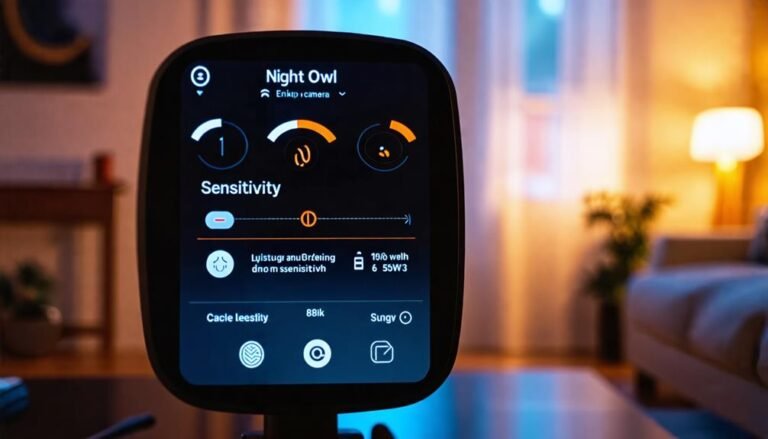
To adjust the sensitivity on your Night Owl camera, start by launching the Night Owl Protect app on your device. Select the camera you want to modify and enter the settings menu. Look for the motion detection settings and choose…

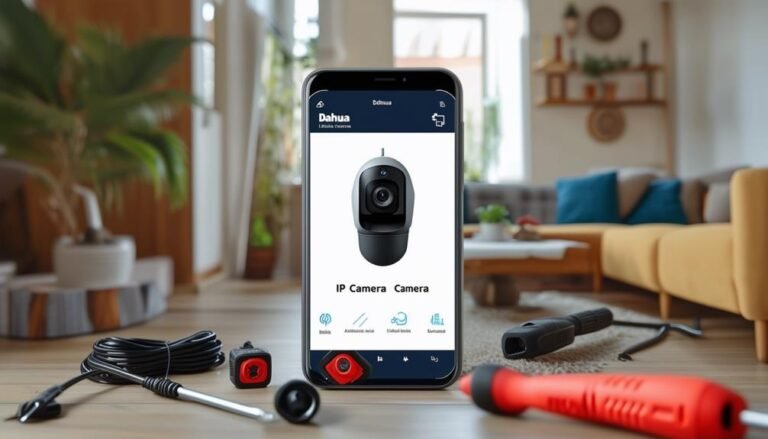
Setting up your Dahua IP camera on your phone is simple. Start by downloading the Dahua or DMSS app from your app store. Verify your camera and phone are connected to the same strong Wi-Fi network. Power on your camera,…
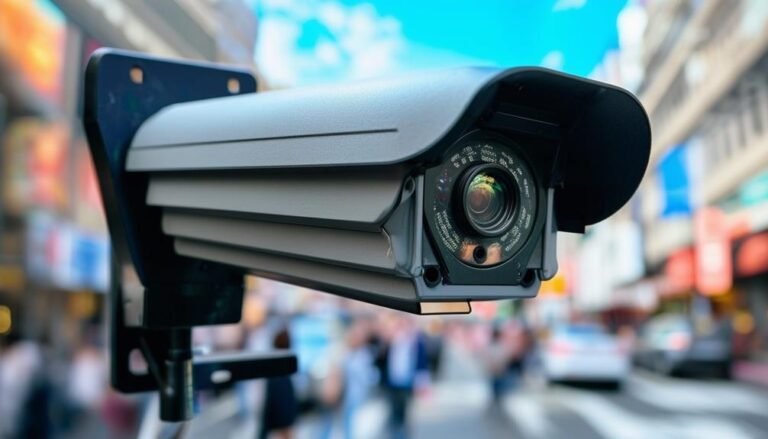
Para obter imagens nítidas das suas imagens de CFTV, comece com câmeras de alta qualidade — 1080p ou superior funcionam melhor. Posicione suas câmeras na altura e no ângulo ideais, idealmente de 2,5 a 3 metros de altura, sem obstruções. Ajuste as condições de iluminação adicionando luzes externas, se necessário,…
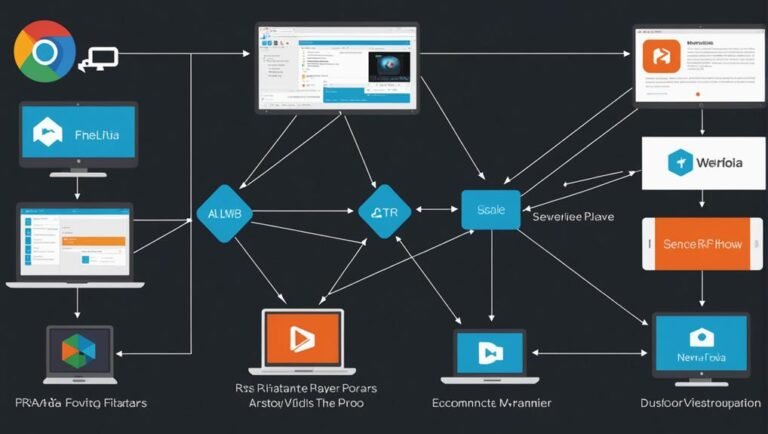
Portas RTSP e portas de mídia desempenham papéis importantes no streaming. A porta RTSP, geralmente 554, gerencia comandos como reproduzir e pausar, enquanto as portas de mídia lidam com os dados de áudio e vídeo. Essa separação ajuda a evitar buffering e garante melhor…
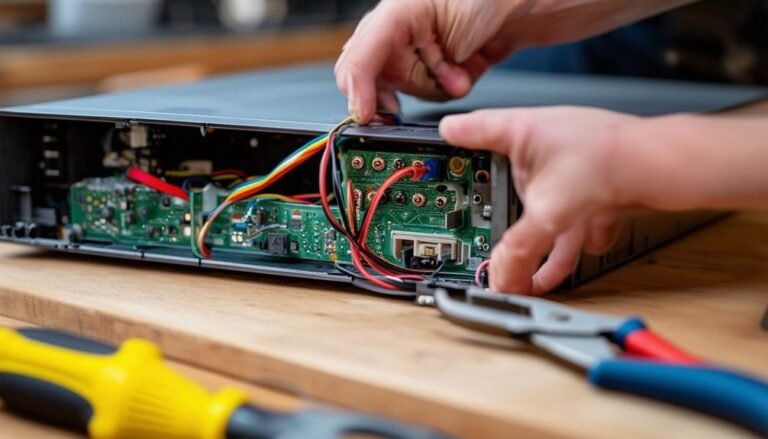
Para redefinir seu DVR Dahua sem um botão de reinicialização, comece acessando a interface do software. Ligue o DVR, conecte-o a um monitor e faça login usando as credenciais padrão, geralmente "admin" e "123456". Navegue até "Sistema" ou...
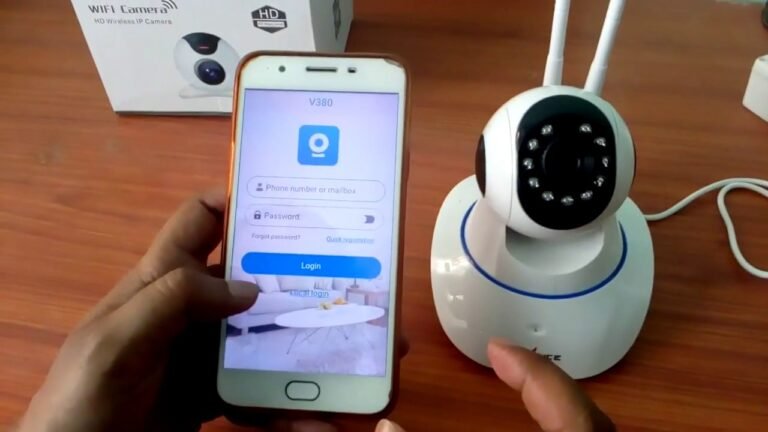
Instalar sua câmera WiFi é simples. Primeiro, desembale-a e confirme se todos os componentes estão presentes. Em seguida, escolha o local ideal para obter a máxima cobertura. Monte a câmera com segurança e conecte o adaptador de energia, certificando-se de que todos os cabos estejam bem posicionados. Uma vez ligada,…

Sim, alguns detectores de movimento possuem câmeras. Essas unidades integradas combinam detecção de movimento com vigilância por vídeo para ajudar a aumentar a segurança. Os detectores de movimento tradicionais detectam movimento por meio de sinais infravermelhos, ultrassônicos ou de micro-ondas, mas as câmeras com detector de movimento vão além e...

Você precisará de 2 a 16 Mbps por câmera de segurança, dependendo de fatores como resolução, taxa de quadros e configurações de compressão. Resoluções mais altas, como 1080p e, especialmente, 4K, exigirão mais largura de banda. Optar pela gravação acionada por movimento em vez da gravação contínua pode...